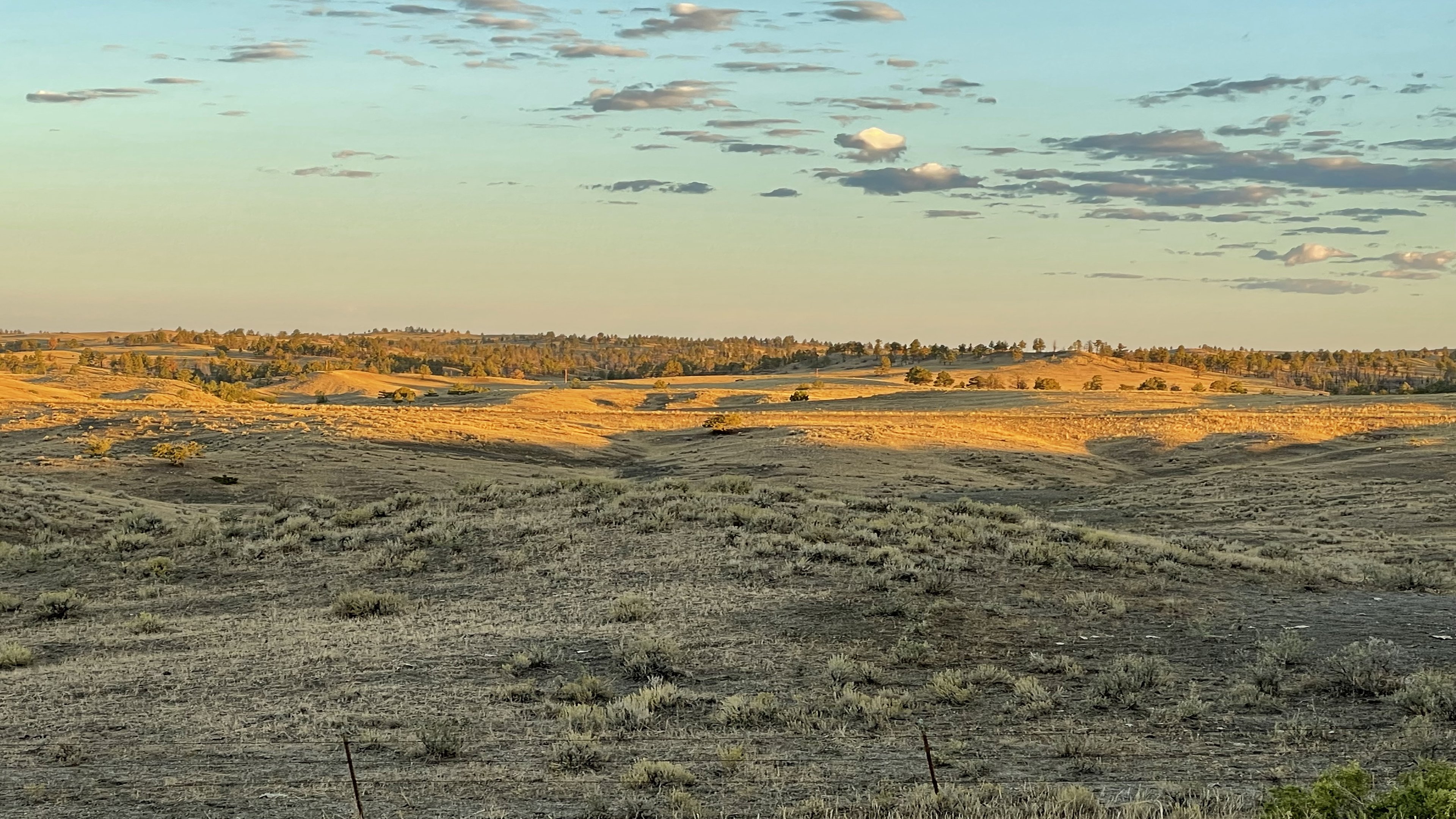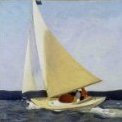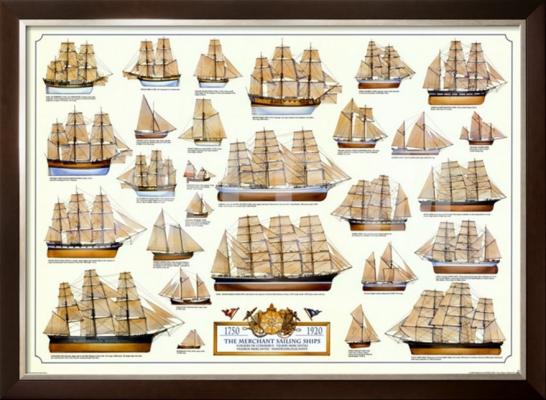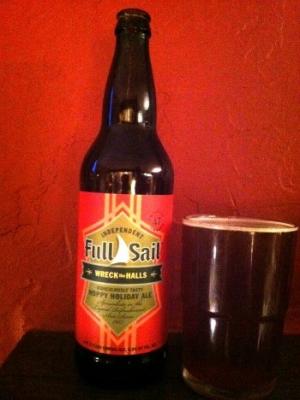-
Posts
654 -
Joined
-
Last visited
Content Type
Profiles
Forums
Gallery
Events
Posts posted by Jay 1
-
-
This is great--she's coming together very well! Really looking forward to seeing how you shape the lifts and etc.--always have been curious half-hull models.

Jay
-
Looking good, Tim! Like that DeWalt, too--nice piece of kit.

Jay
-
Cast Your Anchor in Ontario has the Phantom: http://www.castyouranchorhobby.com/item--Phantom--MS2027
You may also want to give eBay a go--there usually are a number of Phantoms listed.
Jay
-
-
Wishing you a smooth and fast recovery, Eddie!

Jay
-
Thanks Sam!
 Shoot, a lot of the fun with build logs, in addition to the build, is the banter and camaraderie--I like your sense of humor and fun, shipmate! And I still ain't talkin' about bloody sails (getting ready to hang some on my current build...I'm either a glutton for punishment or an idiot
Shoot, a lot of the fun with build logs, in addition to the build, is the banter and camaraderie--I like your sense of humor and fun, shipmate! And I still ain't talkin' about bloody sails (getting ready to hang some on my current build...I'm either a glutton for punishment or an idiot -
A couple of threads have also been recently started about cases:
http://modelshipworld.com/index.php?/topic/2802-display-cases/?hl=%2Bdisplay+%2Bcase
Jay
-
Sam, thanks for the background regarding her lines. Yep, I had the story about her lines slightly skewed. I'm also not a big fan of the ship (have seen some nice builds of her though), but I am looking forward to your project! It does look like the former builder did some nice work, I'm really looking forward to seeing you take the boat to a new level and how you do it.
What you wrote about 3-D were my thoughts as well. It'll be great if you can use it for the Bounty's stern and qtr badges! So many cast parts leave a lot to be desired, esp. when it comes to details like a ship's scrollwork and etc. Like you I'll stay out of the debate on its merits or faults when it comes to scratch building and etc; however, my guess is that this technology likely will be embraced eventually by some model companies--innovative firms like ME. There are so many compelling reasons why embracing it will be a good business move once its costs come down.
Lol on being tough with me
 As former Marine and combat vet, I've got pretty thick skin along with, thankfully, good senses of humor and play.
As former Marine and combat vet, I've got pretty thick skin along with, thankfully, good senses of humor and play. 
Jay
-
Sarge, looks like you're off to a great start--am looking forward to seeing how you decide to display her!
Jay
-
The fun's begun! Great start, Sam; sounds like you have a solid POA for the refit. I'm not too up on the Bounty; if I understand correctly, there were two sets of Admiralty plans for the ship? Which does the AOS use? I thought I read in the forum (perhaps it was elsewhere) that many kits, like the Mamoli one, were more or less based on the first version Admiralty plans--does that sound right? A zillion questions...sort of want to get my bearings.

I'm intrigued about the 3-D printing, so am hoping that works out for the refit. From what I've read about it, the technology is both fascinating and remarkable.
I hear ya about Floquil, no idea why Testors dropped the line... Maybe they'll sell the rights (fingers crossed), as it was nice paint to work with and the colors they offered were excellent. I've been doing a lot with Tamiya's acrylics lately, mixed reviews, so I'm looking forward to hearing your reviews of the Admiralty stuff--btw, will you be hand or airbrushing with it or both?
And I'm not sayin' jack about the s-things: my lips are sealed! Lol

Jay
-
Glad you were able to get the paint, Sam.
 I've heard a lot of positive comments on the forum about Admiralty Paints. I'll be interested to see what you think when you start using it, as it probably won't be until a couple months from now that I'll be trying out some airbrushing with it.
I've heard a lot of positive comments on the forum about Admiralty Paints. I'll be interested to see what you think when you start using it, as it probably won't be until a couple months from now that I'll be trying out some airbrushing with it.Jay
-
Hey Sam, joking aside, I saw the other day that you were looking for Admiralty Paints. I just ordered my next build--Sherbourne--from Cornwall Model Boats in the UK. I also ordered the Admiralty Paint set for the build from them, too--so it's no hassle getting the paints shipped to the US. Sorry I didn't remember about your post when I placed my order, as I would have gotten the paint for you--the light just came on this evening...

Here's a link to Cornwall: http://www.cornwallmodelboats.co.uk/acatalog/admiralty_paints_water.html
You can also order them direct from Jotika: http://www.shipwrightshop.com/shop/contents/en-uk/d22_Admiralty-Paints-Individual-Colours.html
Jay
-
Oi, you're right Sam; I'm booking some couch time with Dr. Per (MSW "Nirvana") to find the clews to this problem and see if we can unfurl it...
Thanks for your guidance and support, shipmate!

Jay
-
-
I'm with ya on the alternative CO brews, Max! Friends don't let friends drink Coors--lol.
 I wasn't aware of that event, Max--I'll have to see what I've got on the burner this weekend; hopefully I can make it, as it sounds great! Thanks for passing that info on.
I wasn't aware of that event, Max--I'll have to see what I've got on the burner this weekend; hopefully I can make it, as it sounds great! Thanks for passing that info on.Completely understand Sam--cokes it is!

Jay
-
Really nice, Bob--great metal work! Are the stays for the main mast running through brass tubing? I like how those look.
Jay
-
Thanks for a good laugh, JCF:

JayBut if a guy from a museum wants to buy your model some day, NEVER MENTION this issue.
-
Out here we call it "Rocky Mountain P#ss Water," so wouldn't want to inflict that on my MSW shipmates!
 Kidding aside now that it's pasteurized, is Coors available on the East Coast Sam? I lived in CT during my high school years and used to bring it from CO to friends in CT; back then it wasn't available pretty much east of the Mississippi because of the pasteurization issue. These days, I'm mainly a scotch drinker so if I were bringing beverages, it'd be the brew of your choice along with a very mellow 18-year old single malt.
Kidding aside now that it's pasteurized, is Coors available on the East Coast Sam? I lived in CT during my high school years and used to bring it from CO to friends in CT; back then it wasn't available pretty much east of the Mississippi because of the pasteurization issue. These days, I'm mainly a scotch drinker so if I were bringing beverages, it'd be the brew of your choice along with a very mellow 18-year old single malt. 
On a different note, I'm looking forward to seeing where you go with the re-fit and how you decide to do those areas. It'll be a great to see how an experienced builder tackles those jobs!
Jay
-
-
I hear ya, Mark--both ME and BJ have set very high bars. I really hope the eventual new owners of both firms carry on their predecessors' business and customer-service ethics! I'd hate to see either bought by the ilk you describe--those who just want to wring out a buck regardless of the consequences; should that happen, I think it would result in the death of either firm.

Oi, just realized that this topic may be railroading Tim's build! Sorry, guy--I'll be quiet on this subject!

Jay
-
Yep Mark, I'm sure. Here's Jeff Marger's lead paragraph from BJ's 7/23/13 news letter:
"In last month's issue of ShipShape, I mentioned that Suzi and I were considering retirement, and that we were starting to look for potential new ownership for BlueJacket. Our major goals are to make sure that BlueJacket continues into the foreseeable future, that the company will be operated in the same manner as has been our tradition, and to insure the well-being of our employees."
Jay
- tasmanian and avsjerome2003
-
 2
2
-
Sam, what about the sails? Lol, sorry, couldn't resist!
 Looking forward to your re-make, so am pulling up chair to follow along and periodically ask about sails...
Looking forward to your re-make, so am pulling up chair to follow along and periodically ask about sails...Jay
-
They announced it in their last newsletter, I'm with you Tim--I also hope someone good takes the company! All my dealings with them have also been very positive. Recently ordered some dowels that the USPS totally destroyed, sent photos to BJ just to let them know. A whole new set was by priority mail in one of the most elaborate mailing tubes that I've ever seen--the postage & packing easily cost more than the dowels!
Jay
-
She's a beauty--it was kind of sad seeing the wreakage of her in the slings...
 The Bluejacket kit is sweet (albeit pricey), would be nice if more of their kits like this one were POB but the cost of conversion may be more than what the company can afford (just recently read that the owners are putting the company up for sale, as they are retiring).
The Bluejacket kit is sweet (albeit pricey), would be nice if more of their kits like this one were POB but the cost of conversion may be more than what the company can afford (just recently read that the owners are putting the company up for sale, as they are retiring). Jay






Malabar Jr by captainbob - FINISHED - 1:48 - 30' gaff rigged yawl
in - Build logs for subjects built 1901 - Present Day
Posted
Y'all did a beautiful job on 'er! She's a fine looking boat, Bob--looking forward to seeing your next build.
She's a fine looking boat, Bob--looking forward to seeing your next build.
Jay